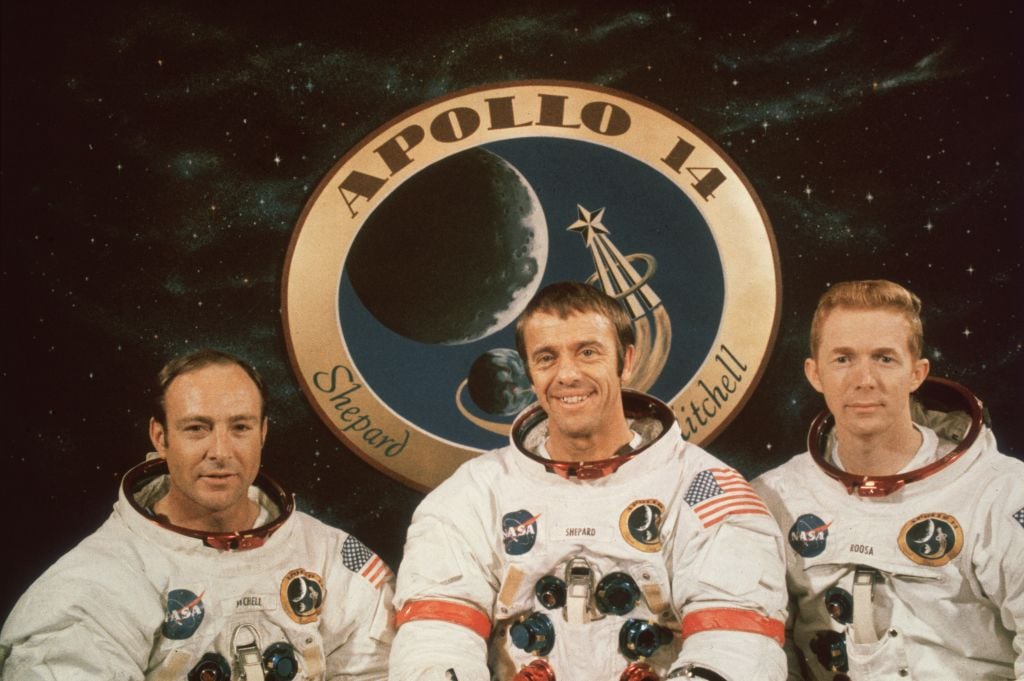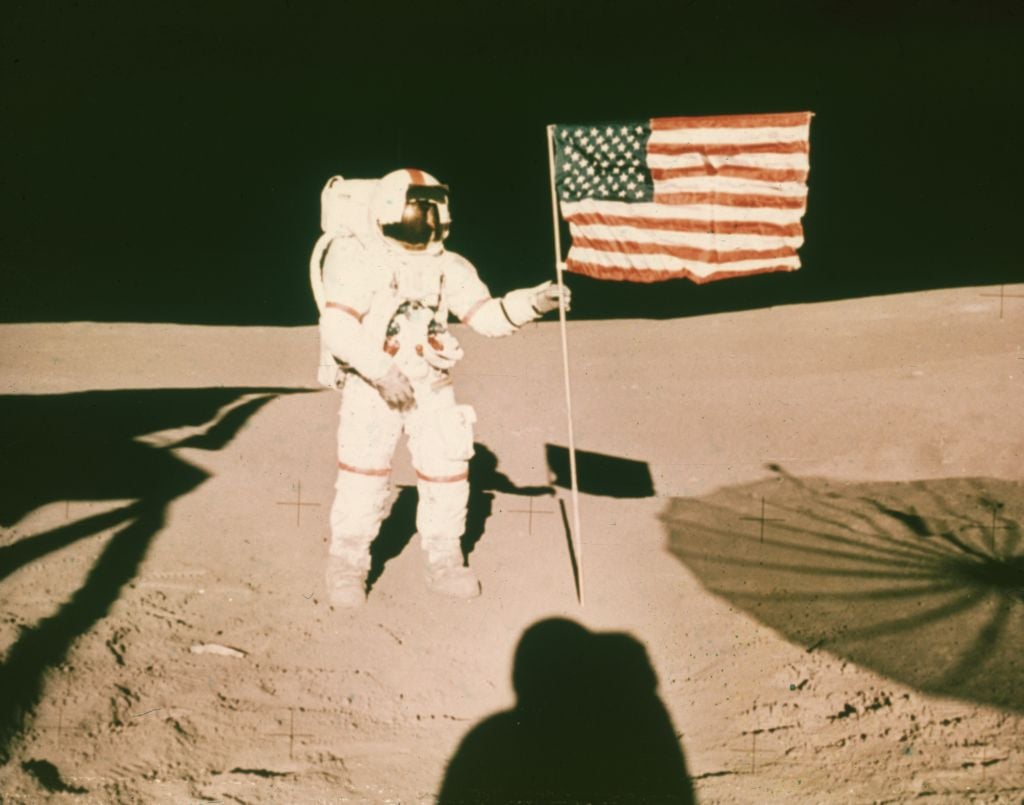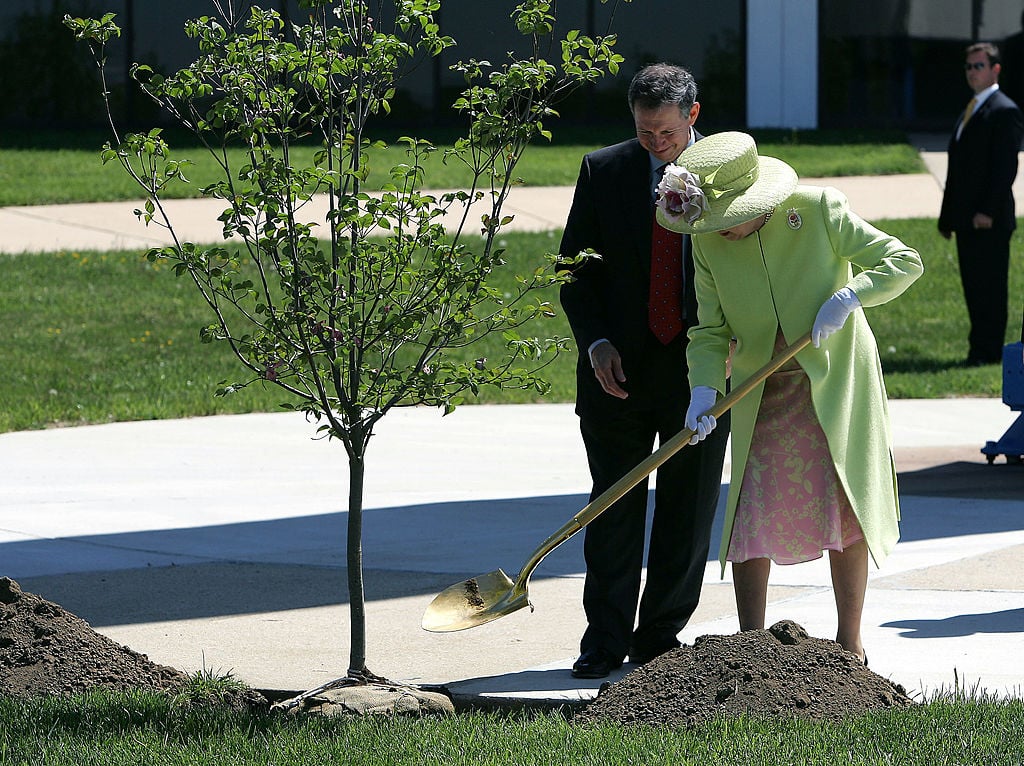Outside the Indiana Statehouse, the state capitol building in Indianapolis, stands a sycamore tree. Planted over 40 years ago, this isn’t any old sycamore. It is, in fact, one of just 500 seeds that were taken to space by Apollo 14 in 1971. Nowadays, only 50 or so of these seeds remain towering trees, including the one in Indianapolis.
They were brought to the moon’s orbit by astronaut Stuart Roosa.

When Apollo 14 set off for the Moon on January 31, 1971, the containers of seeds packed in the flight kit of Stuart Roosa were not the main attraction. Even Roosa himself, who was piloting the command module Kitty Hawk, was the lone astronaut taking part in Apollo 14 not scheduled to set foot on the moon. Instead, it was Alan Shepherd and Edgar Mitchell who made the historic third lunar landing, while Roosa spent a day and a half by himself, circling the moon from above.
Yet Roosa had a different, less dramatic mission at hand. Having previously worked as a smoke jumper – wildland firefighters – Roosa knew Ed Cliff, then Chief of the Forest Service. NASA and the Forest Service devised a plan to bring seeds to space, with a man called Stan Krugman put in charge of selecting seeds for the experiment and conducting it on Earth.

As well as sycamore, loblolly pine, sweetgum, redwood, and Douglas fir were the chosen species, and were set to be compared with control seeds that were stored on Earth.
Though Roosa carried these seeds as he orbited the moon, the bags of them broke when the astronauts were going through decontamination procedures upon their return to Earth and there were fears they may not be viable any longer.
Read More: The unemployed NASA robot stuck on planet Earth
They were taken to germinate at a Forest Service center in Houston, and showed signs of growth, though the facilities were inadequate for all the species and they were split up. The sycamore, loblolly pine, and sweetgum went to a station in Gulfport, Mississippi, while the redwood and Douglas fir traveled to Placerville, California.
At these new facilities, they grew into viable seedlings, showing capacity for life, before then being separated. Some of the seeds were planted beside the controlled, Earth-bound seeds so scientists could study the two, Others, including the sycamore in Indianapolis, were donated to state forestry organizations in 1975 and 1976.

As well as Indiana’s state capitol, the White House got a moon tree, as did the Emperor of Japan.
After Apollo 14, Roosa worked as backup command module pilot for both Apollo 16 and 17, before moving to the Space Shuttle program until his retirement as a Colonel in the Air Force.
He passed away in December 1994, though his moon trees live on proudly, as scientists continue to study how they evolve after their brief visit to space. An extensive list of moon tree locations can be found here.





